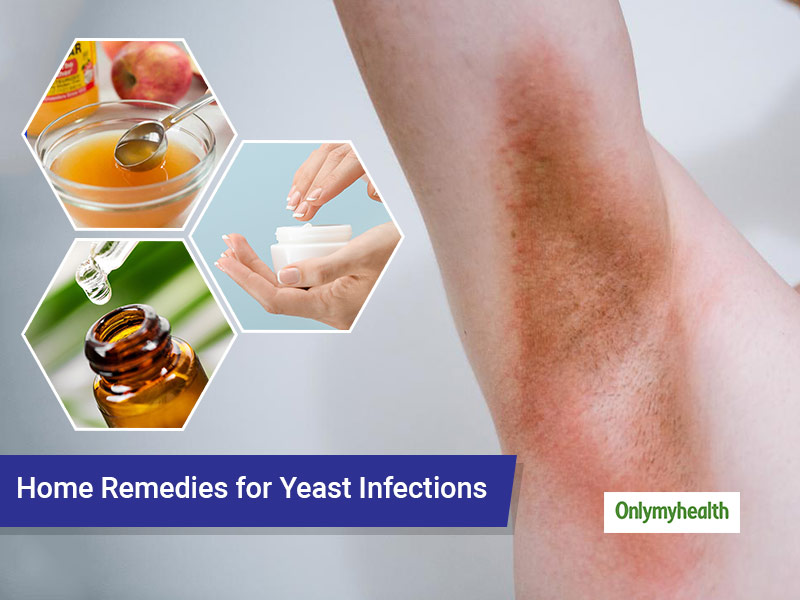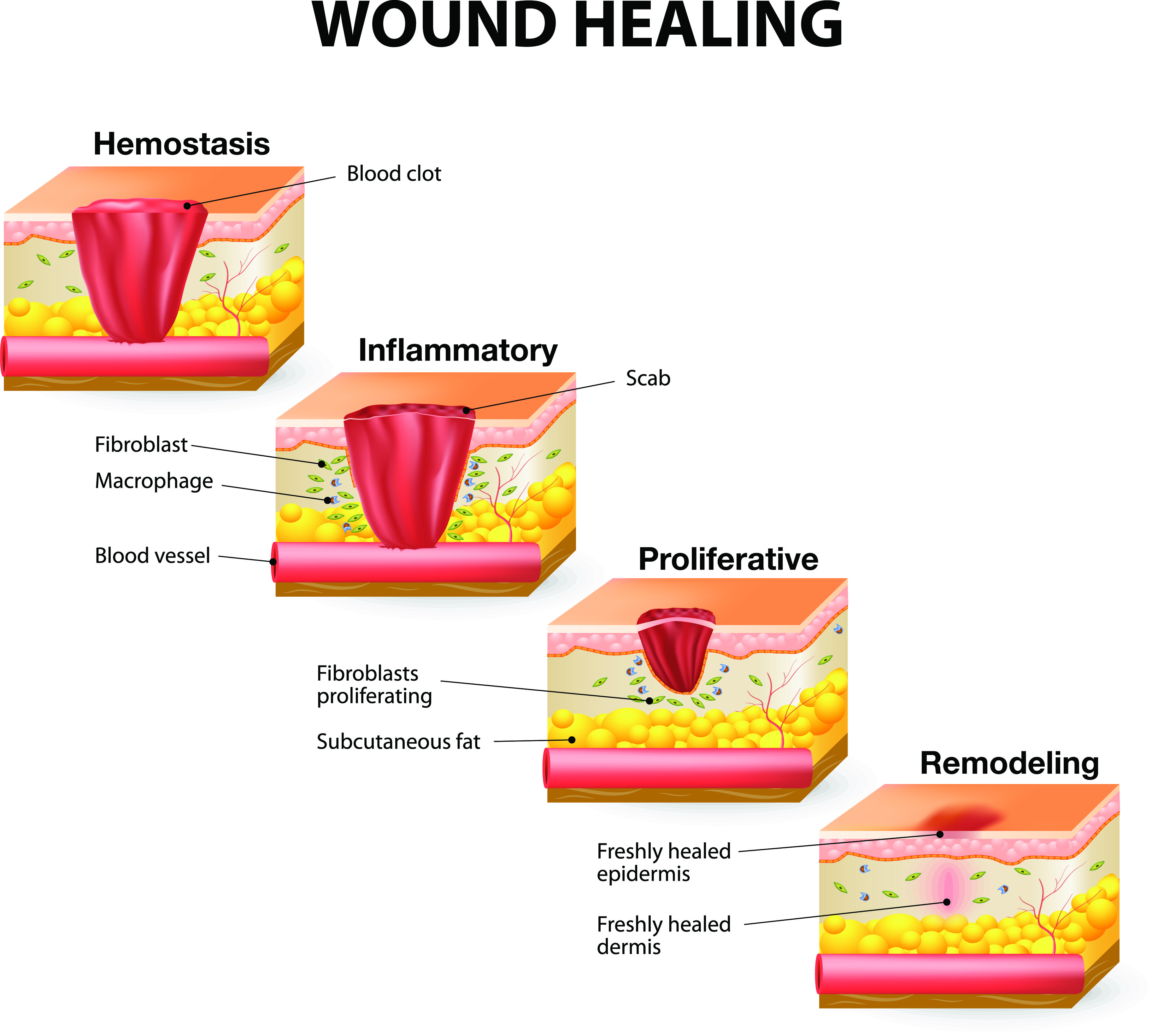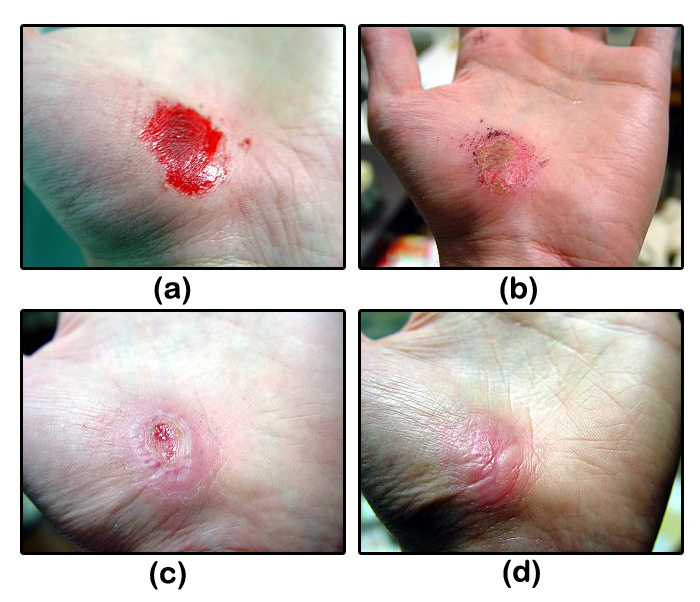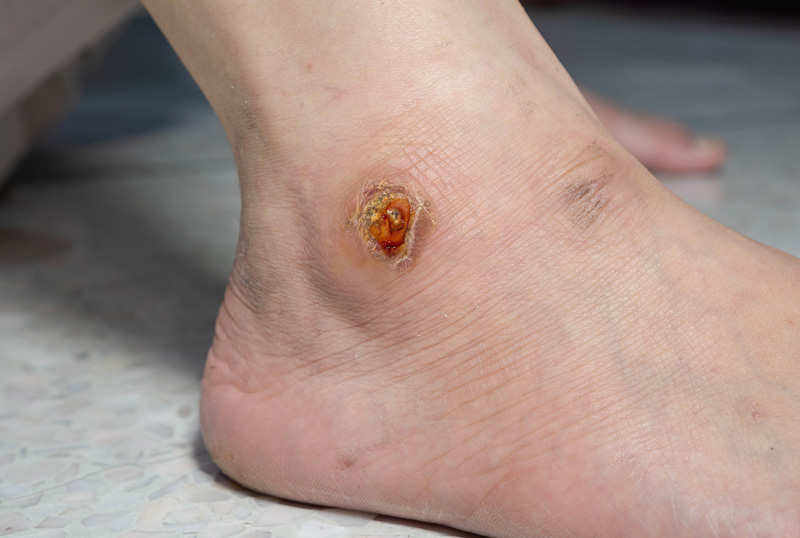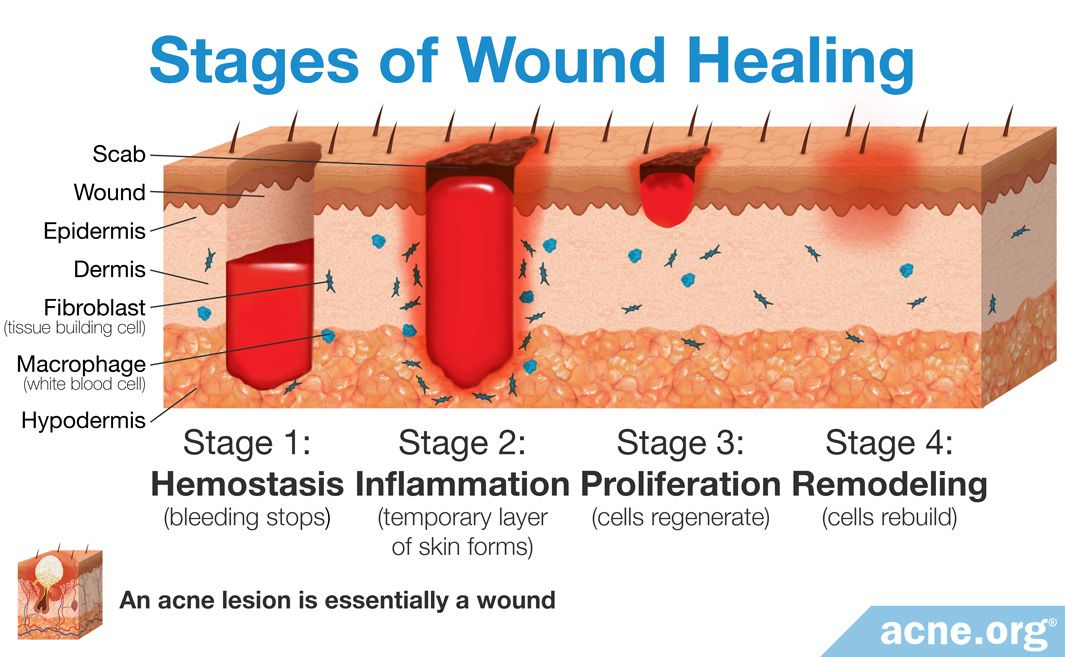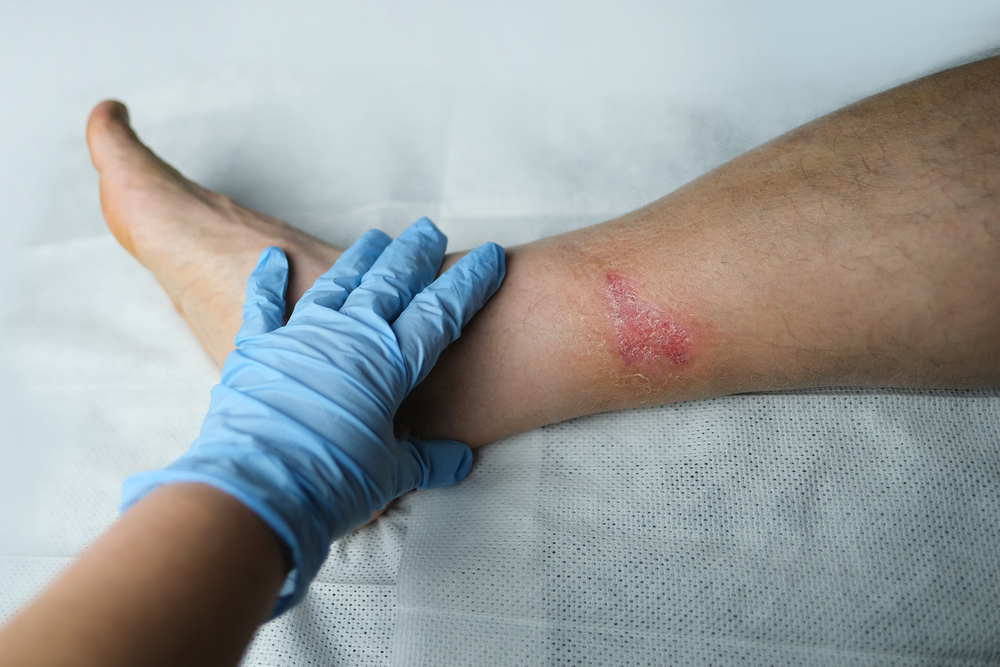Perfect Tips About How To Heal A Skin Infection

A small number of those cause skin infections.
How to heal a skin infection. Most cases of skin inflammation are curable, although the treatment depends on what is causing the. Bacterial skin infections bacterial skin infections occur when bacteria enter the skin, either from an outside source or because they are present on the skin. Skin infections occur when bacteria infect the skin and sometimes the deep tissue beneath the skin.
Symptoms include redness, heat, swelling, pain, and itching. This article will focus on fungal skin infections, including information on symptoms, treatment, and prevention of fungal skin infections. Treatment preparing for your appointment diagnosis to diagnose a staph infection, your health care provider typically will:
And if you're prone to skin cracks, either due to a condition such as eczema or because you have dry skin, applying a thick moisturizer can help create a barrier against bacteria and protect against infection. They may also experience less pain or tenderness and decreased. You can treat mild infections at home.
Having moist areas on your skin, such as on your skin folds or on skin that comes in contact with other skin (e.g., underneath your breasts, on your armpits, etc.) swimming in contaminated water Psoriasis basics everything you need to know about fungal skin infections types and treatment fungal skin rash risk factors prevention when to seek help candidiasis, scalp ringworm, jock itch,. Viral infections are more difficult to treat, although some can be treated with an oral antiviral medication.
If you have skin infection risk factors (see 'skin infection risk factors' above), talk to your health care provider to determine if there are steps you can take to minimize the risk of developing another bout of cellulitis in the future. Treatment prevention there are many types of fungi, but there are only a few that cause infections in humans. Bacteria cause acute infections, while chronic infections are most frequently associated with fungus.
As cellulitis heals, the spread of infection in the skin ceases, and a person may notice the area of inflammation reducing in size. For example, if you borrowed a pair of shoes from someone who had athlete’s foot, the fungus could come in contact with your foot and infect you. You may have lab tests, such as a skin culture.
Call a doctor or go to the hospital right away if you think you might have a skin infection and: Prevention is your skin swollen, red, and tender to the touch? Skin inflammation has many potential causes, including allergies, infections, and autoimmune diseases.
Cleaning and trimming your fingernails and toenails. A person may be able to treat a yeast infection with otc creams and ointments. If you have a skin infection, your doctor can determine if you need an antibiotic.
Within three days of starting an antibiotic, let your health care provider know whether the infection is responding to treatment. Pus, or broken skin that oozes other fluids or blood which may later crust. General symptoms of a skin infection can include:
Regularly showering and thoroughly drying your skin after. Ringworm athlete's foot candidiasis (yeast infection) sporotrichosis fungal nail infections viral skin infections molluscum contagiosum infection of the skin may be bacterial, viral, or. Red, discolored, or flushed skin that may feel warm to the touch.



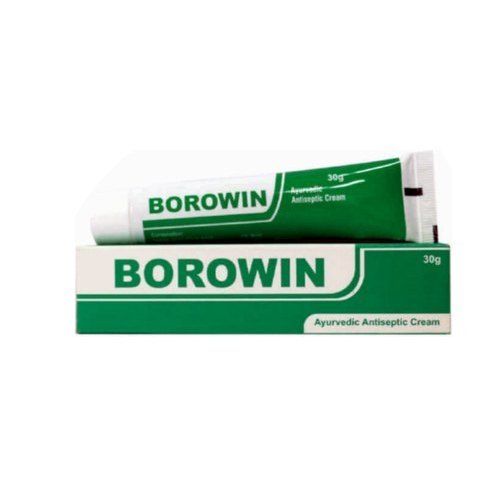
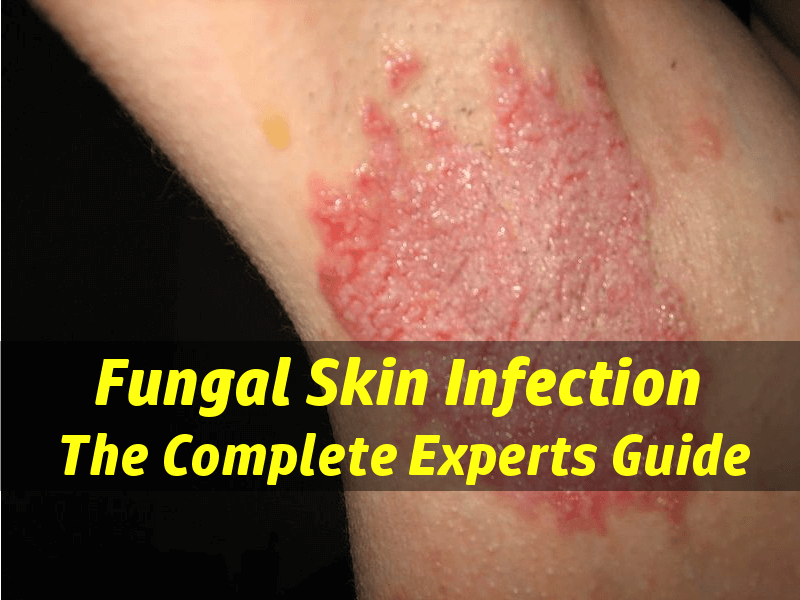


:max_bytes(150000):strip_icc()/GettyImages-1158551410-beafd5e19cc24832be470c3245dd3c2e.jpg)


